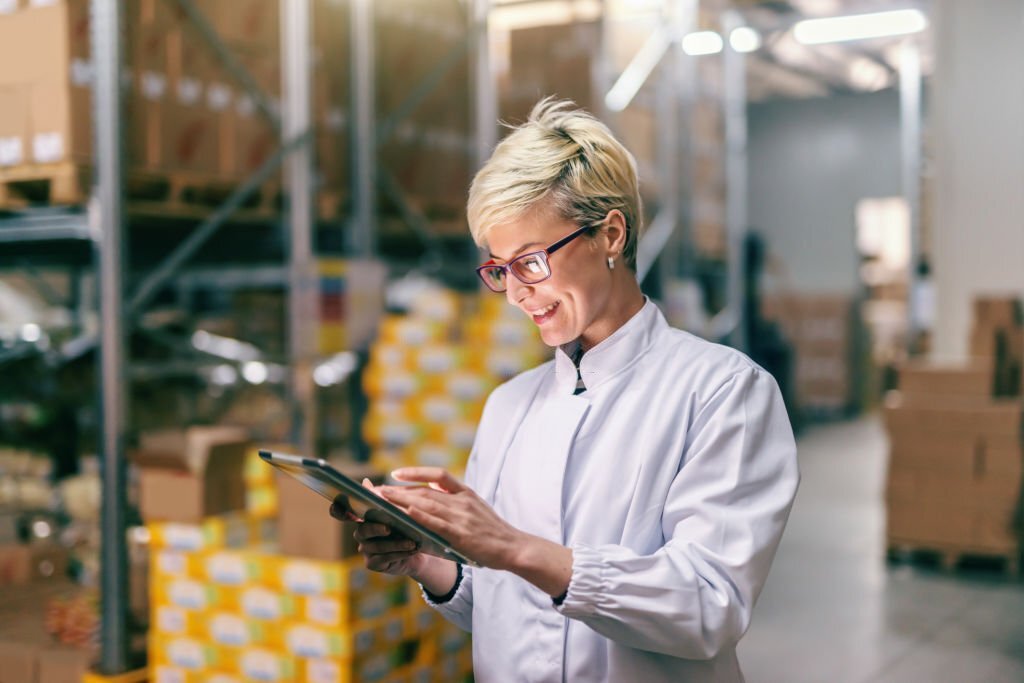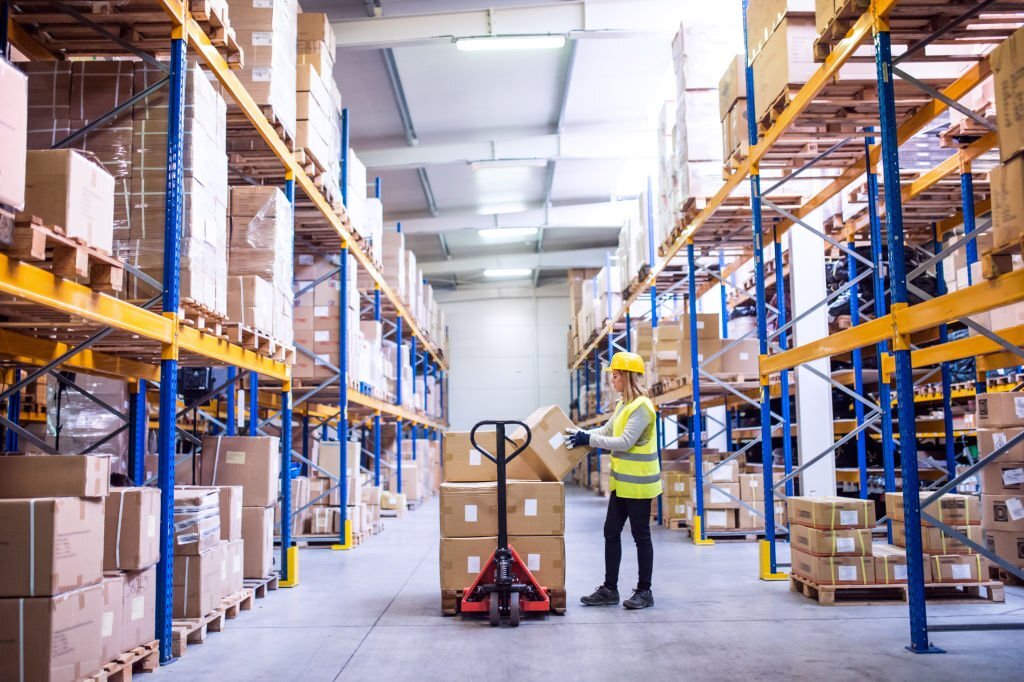The consumer goods industry has continued to see a lot of changes in the last few years, mostly in the use of new technologies. However, it’s not all technological. Many other procedures you’ve likely used for years have also changed, leading to major disruption in wholesale distribution.
While you’re seeing a lot of wholesale distribution disruption going on with new technologies, the consumer packaged goods industry is about to travel the same path. Since the CPG industry is now woven into everyone’s lives, it’s important your own CPG business takes heed on these changes.
You may have to reevaluate how you do things since consumer behavior is now more demanding than ever. It’s worth taking a look at ways you can meet the demands of this disruption now before it becomes essential.
Take a look at five ways to accomplish this, especially if you deal in personal care items, household goods, or food and beverages.
1. Hybrid Online/Offline Experiences
One thing you’ll discover about today’s consumers is that they’re a lot more fragmented. As McKinsey & Company pointed out in a recent report, you’ll soon start to see a stagnated mass market and fragmented niches of growth.
A lot of this has to do with various industry dynamics and external influences around the globe. In the latter case, it’s mostly due to new lifestyles where people can buy online from home.
It’s all the more reason to look into a new digital disruption plan like online and offline marketing experiences. By combining the online and offline worlds, you can capture the fragmented consumers out there. A hybrid marketing plan is a good way to approach consumers in general to gain the most impact for your brand’s message.


2. Moving Into the “E-Grocery” Market
If you focus on distributing food and beverages in the CPG industry, you’re going to see a lot of new directions, requiring disruption of all norms. One of those is the growing e-grocery industry that we’re already seeing in motion through places like Amazon. With their acquisition of Whole Foods recently, we may see e-grocery buying become a standard.
In the above McKinsey & Company report, they note e-groceries are going to cover 15% of the grocery market in Europe by 2030. The latter date is a timetable they’ve put forth on when most disruptions in the CPG industry finally become fully realized.
Thinking about the e-commerce market is a smart idea now to gain a heads-up on the inevitable Amazon competitive war.
3. More Direct-to-Consumer Offerings
A quickly emerging change in CPG is in offering more direct-to-consumer concepts to personalize customer relationships. Consumers want more personalized experiences in their shopping for repeat items. Quickly shipping recurring products consumers need in an efficient manner is the true road ahead for consumer packaged goods.
Without adapting to this approach, it’s going to put the CPG industry further behind to companies already offering direct-to-consumer processes. As Forbes pointed out earlier this year, D2C markets are slowly going to bring down monopolistic industries.
Businesses like the Dollar Shave Club are good examples of placing the customer first and giving a more direct way to sell specialized products. If you’re in the personal care business, this is going to become a major area you need to look at to stay competitive.
For the CPG industry, crossing over to D2C can become a tricky balance because of their commitment to wholesale partners. As such, it may limit ability to branch out to embrace the new D2C format. Using it as much as possible is going to become mandatory to survive.
4. More Digital Marketing
Those of you who’ve worked in the CPG industry long enough know you’ve had to rely on offline advertising for the most part. While this was the norm before the digital era, you’ve likely had to stick by more traditional forms of marketing to drive brand awareness.
With so many consumers moving to e-commerce, you may have to start moving more into digital marketing. Evidence show it’s increasing in the CPG field. Recent reports show many in this industry starting to spend more on digital marketing above traditional ads.
Nevertheless, those same reports show consumers aren’t necessarily relying on digital marketing to convince them to buy.
Reports like this prove you may have to blur the lines between traditional and digital marketing to successfully compete. Liken this to online/offline experiences above. To find the widest consumer base, using cross-channel principles is the inevitable way of CPG future.
5. Innovating With Products
Consumer expectations are higher now for not only customer service, but also the products they buy. Innovating with the products you sell is an important new development in wholesale distribution disruption.
Upgrading to better technologies like LED systems automatically sends a more environmentally conscious message to customers expecting green principles. In the food industry, organic and fresh ingredient products are becoming more common in a time when consumers want to eat healthier.
Evidence in the food industry comes in various CPG companies now offering healthy, protein-rich foods and beverages. Companies like Quest Nutrition and Fairlife are just two examples in CPG food suppliers managing to become successful worldwide with healthier options.
Other innovative product ideas include bringing tools like 3D printing, which may reinvent everything for CPG businesses. Statistics show 3D printing already helps reduce the complexity in many supply chains.
Visit us at Ivy Mobility so we can help you find new solutions to your CPG business. We’ll help you hone in on mobile software solutions for true innovation, including analytics.